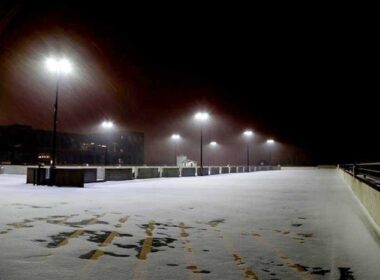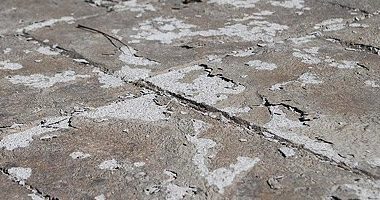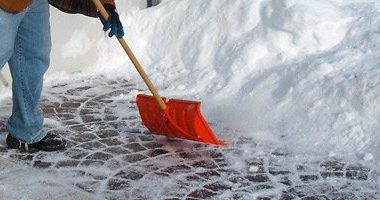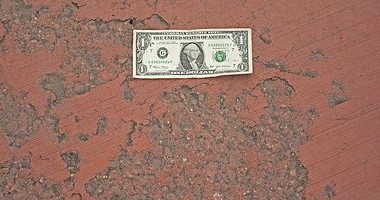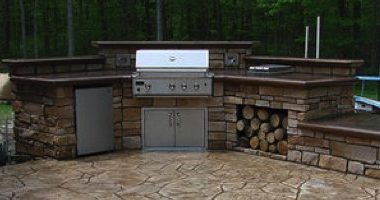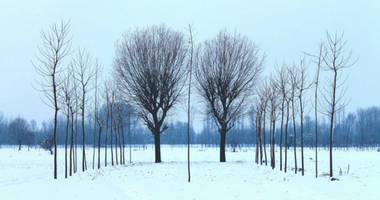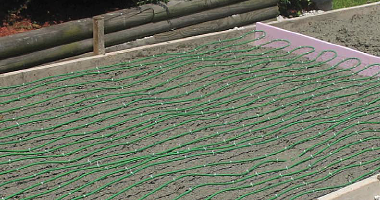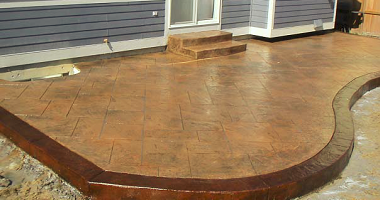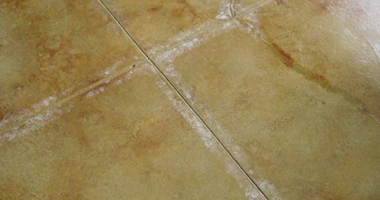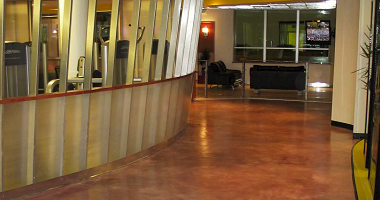Chemical deicers and snow plows are commonly used in winter to eliminate hazardous ice and snow from parking decks and structures. While deicers are doing their job melting away snow and ice, some may actually be corroding the parking structure’s concrete and reinforcing steel, and some snow removal techniques may actually be doing more damage than good.
Tag: Cold Weather Concrete
How Did the Extreme Winter Affect Exterior Decorative Concrete?
Large parts of the United States recently experienced a brutal winter of cold temperatures and record snow and ice accumulations.
Helping Decorative Concrete Survive the Winter
Winter and freeze-thaw have a way of exposing defects in concrete we normally would not see in warmer regions.
Using Sealers to Fight Freeze-Thaw in Concrete
Watch out for water, especially in climates where you get cold winters. Water is by far the biggest challenge you will face as a decorative concrete professional. Words like “spalling,” “flaking,” “pitting” or “chipping” are not what people making a living in concrete want to hear. and rarely do these words mean a satisfied customer a profitable month.
Creating Concrete Outdoor Kitchens in Cold Climates
Outdoor kitchens are a popular request no matter where you live, but typically when you read a book or see a television show featuring outdoor kitchens, the contractor is doing them in a warm climate.
Coloring Concrete in Winter Weather
There are many regions where the weather does not seem winterlike but is cold enough to affect concrete placement. This is where cold-weather placement practices become very important. Not following the rules because it does not seem that cold potentially leads to concrete that is weak and substandard.
Two Ways to Get Radiant Heat in your Concrete
Have you come across clients who are considering polished, stamped or stained concrete flooring, but who hesitate because concrete is a naturally cold surface?
Concrete in Cold Weather
Concrete Decor asked artisans around the country about their experiences installing projects during cold weather. They faced freezing temperatures, snowy weather, and even challenges indoors during cold spells. Each artisan found his own solution for handling work during the winter months.
When Cold Temperatures Affect Sealers
As we transition from fall to winter, the days get shorter, the leaves fall into the concrete we are trying to finish, and the temperatures start dropping. The concrete blankets come out and cold-weather concrete practices start to take place. The changes in how concrete is placed should also trigger changes in how sealers are applied.
Building a Successful Decorative Concrete Business in Winter
One of the first decorative concrete contractors in the Boston area, Bill Guthro built his business in a town known for winter weather.
